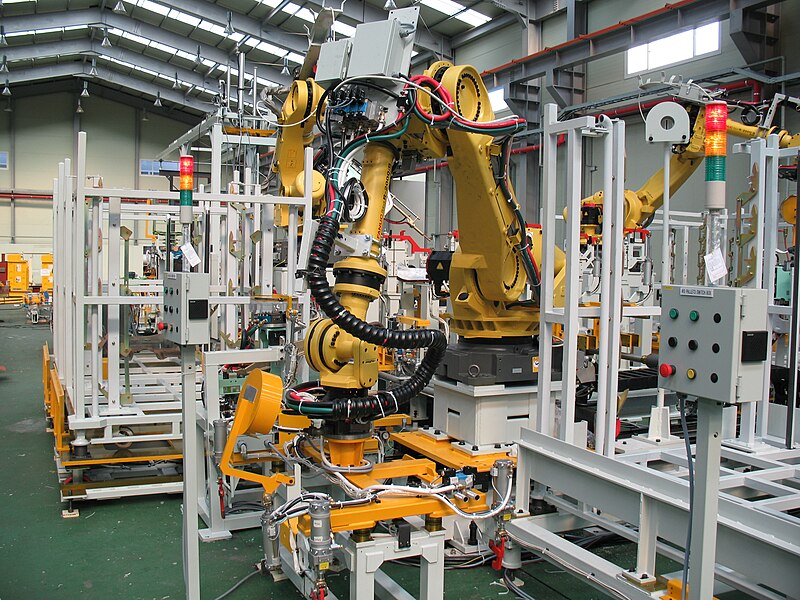 DOI : 10.17577/
DOI : 10.17577/Across all forms of industry, sophisticated equipment and machinery play a vital role in the overall performance of diverse operations and processes. In a factory environment, a range of high-tech machines form production lines that maximize efficiency and lead to high volumes of consistent output. The construction sector relies on precise heavy machinery that can undertake a wide range of building tasks, moving materials with precision and placing structures effectively.

Today, advanced technology and equipment are used in many different building and manufacturing sectors to ensure that the highest standards are achieved in each process. In this article, there will be a discussion of three specific types of advanced equipment and how these lead to improvements in performance in their respective industries.
Effective material sorting with screeners
In many different forms of construction, there is a need to sort and grade materials that will subsequently be used in building new structures. Typically, a screener is used to undertake this work, such as those that are available from Machinery Partner. Screeners work by using trays or conveyor belt systems. The material is placed onto the screener and subjected to sorting processes that can remove debris from the product and sort it into different sizes. It is common for materials such as soil, sand, and waste concrete to be processed by using screeners.
They provide a rapid and efficient way to sort bulk materials and waste products, producing a sorted product that is ideal for construction applications (such as foundation works) or can be sold to other firms. This machinery’s durable and precise engineering ensures that a high volume of material can be processed, and pre-defined sizes are produced once the process is completed.
Predictive maintenance technology on production lines
In factories around the world, there is a need to ensure that downtime is minimized. Unplanned downtime can cost a plant as much as $260,000 per hour as production lines come to a halt until maintenance work is completed. Thankfully, downtime can be effectively managed with the use of predictive maintenance technology.
This typically comprises a selection of sensing and monitoring equipment that can accurately deduce when machinery or components are starting to show signs of wear and need to be replaced or serviced. Alerts are issued automatically when wear is beginning to be detected. This allows production line managers to decide when maintenance should take place before the production line suffers issues and output drops or ceases. In short, predictive maintenance monitoring allows planned and proactive maintenance to occur, ideally when there is a minimum disruption to production schedules.
CAD machines for accurate design and prototyping
Many sectors of industry rely on accurate prototype models or precise designs for their componentry. Today, this is achieved using computer-aided design (CAD) technology. Designs can be created in 2D or 3D on a computer, with absolute precision being gained in terms of the dimensions of the prototype or final product. This information is then sent electronically to a machine that can create the final design. In recent years, this may even involve the use of a 3D printer when creating prototypes or components. CAD software allows high levels of precision to be achieved and uniform consistency in the final design when it is produced.

